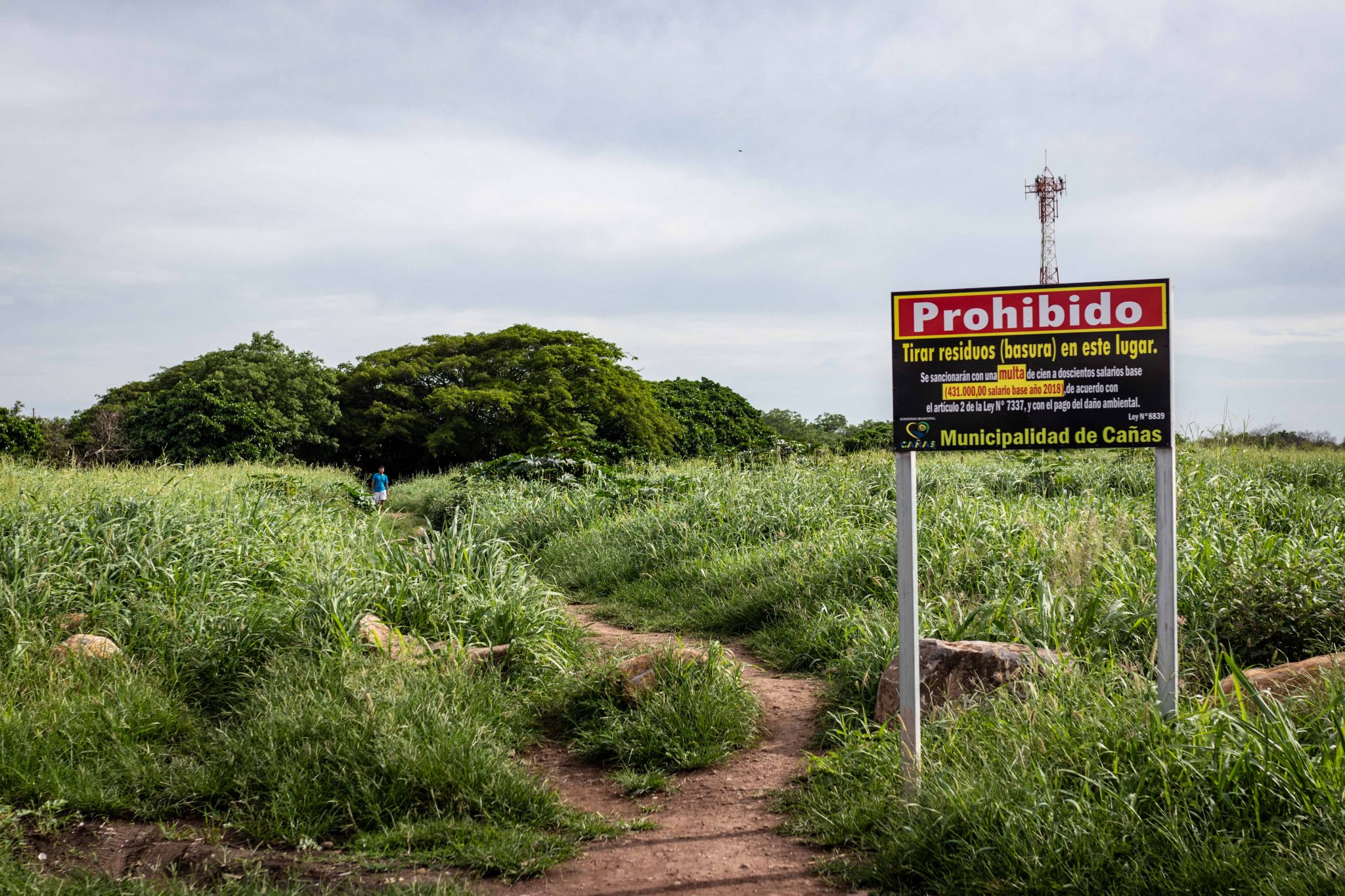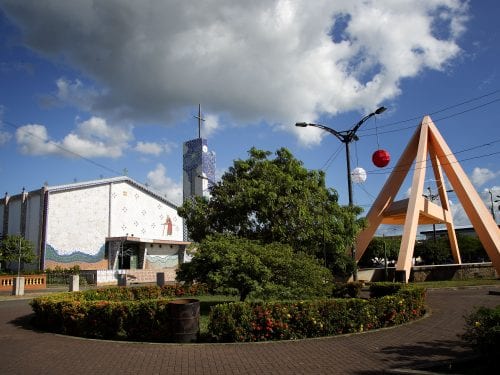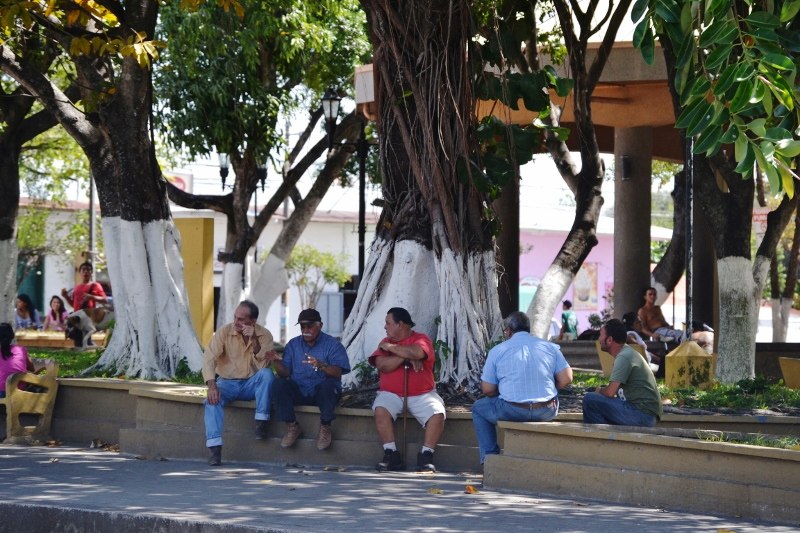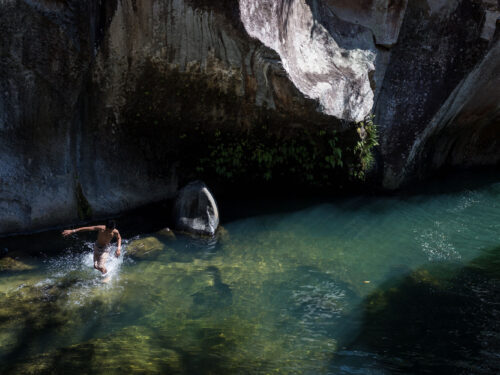
When was the last time you visited a community center in your neighborhood? A few days ago? Several months ago? Maybe years? If you haven’t been in a while, you might be surprised to find the same holes in the floor, leaks and burned out lights that have been there for years.
Community projects financed by the cities of Cañas and Bagaces may take up to nine years to become reality. This includes streets, material for schools, park construction, and cemetery and infrastructure maintenance.
Reasons range from poorly planned projects, underfunded budgets and a lack of city workers or even community organization. But the result is always the same. Districts face problems because money isn’t spent.
This is one of the findings of GuanaData, a project that seeks to increase transparency in municipal governments thanks to a grant from the Trust for the Americas Foundation.
In order to reach this conclusion, The Voice of Guanacaste analyzed the budget execution in the cities of Cañas and Bagaces from 2010 to 2018 and identified the community projects that have been delayed for years. We then asked community leaders, representatives and city officials why projects aren’t completed and what the consequences are for communities.
Cañas: A Decade Without a Park
In the Central District of Cañas, behind the Antonio Obando school, there is a large plot of land full of weeds. Residents are waiting for the city to build a park on this lot, which was a landing strip for planes 10 years ago.
The local government has budgeted ¢25 million (some $42,000) for the project since 2010, according to data from the Comptroller’s Office, but nothing has happened yet.
Cañas Mayor Luis Fernando Mendoza said that it is a very large plan and the money they have isn’t enough, which is why the city hasn’t been able to do it.
But there are less costly projects that are in a situation similar to the park. In the Porozal district, for example, the city has set aside ¢630,000 ($1,000) since 2012 to build a sanitary plant in Tiquiruza plaza. Not a single penny had been spent on it through 2018.
Porozal representative Macario Montes blames past representatives in his district for poor planning in funding distribution.
“They did it whimsically in order to give something to all the communities, so projects got stuck. Those projects couldn’t start or do anything because the budget wasn’t enough.”
The budget wasn’t enough for the changing room at Higuerón plaza in San Miguel. In 2012, the city injected ¢1,040,000 ($1,700) into the project and spent it all, then had to add an additional ¢970,000 ($1,616) in 2018 to finish the job.
Other projects – which have already been completed – were, until eight years ago, preserving within budgets. One of them was the construction of soccer field in Pedregal, a ¢1.8 million ($3,000) project that the city took almost a decade (2010-2017) to finish.
Montes also says that the development associations and the district councils run into obstacles like lots without titles, a lack of documents and little help from city halls. The representative says that outer districts have to wait much longer than central districts, which adds delays to projects.
“City centers eat up everything and you have to take what’s left. If they have time, ok, the district projects advance and if not then you have to wait,” he said.
Bagaces: Without manuals for projects.
As in Cañas, communities in Bagaces waited as long as nine years from 2010-2018 to see projects become a reality. That’s the case of the central park in the canton, where improvements have been delayed for a decade.
Another complicated project that was delayed for four years was construction and equipment for the child’s daycare and development center, which had a budget of ₡180,000,000, of which almost 98% was spent by the city.
A project that seemed simple, the ₡2.5 million colon purchase of sporting equipment for Mogote, experienced similar problems.
City budget chief Alonso González said that there are no manuals with instructions on how to present budgets, how to use budgets and no official to serve as a project manager.
“Our financial difficulties force us to work in less than optimal conditions that are very risky. We don’t have a planner, so we all do a little bit of the work that a project manager should be doing,” he said.
Río Naranjo representative Xinia Treminio said that there are community structures (sports committees and development associations) that aren’t stable and that impedes having sustainable budgets through time.
Treminio gives the example of the project to build a basketball court and a soccer field in her district. This plan started in 2015 with a budget of ¢800.000. Four years later, they bought the material but they haven’t finished the job.
“There is no sports committee an in Bagaces there hasn’t been consent to execute the resources in support of the development association, which, since there was no sports committee, was in charge of doing those jobs,” Treminio said.
Districts are also left without receiving the money the city originally budgeted for them. For example, in 2017, more than ¢5.3 million was available for the installation of an elevator in city hall, but the city council approved a budget change and the budget and the project were left without funds.
Diego Morales is from Bagaces and handicapped. He was affected by the disobedience of Law 7600 in city hall. “Often, the city council invites us to sessions and it’s impossible for handicapped people to go. Council members have carried me up,” Morales said.
“The city council struck an agreement to use the fund under the understanding that they were going to return the money immediately, but there is still no elevator to date,” Morales said.







Comments